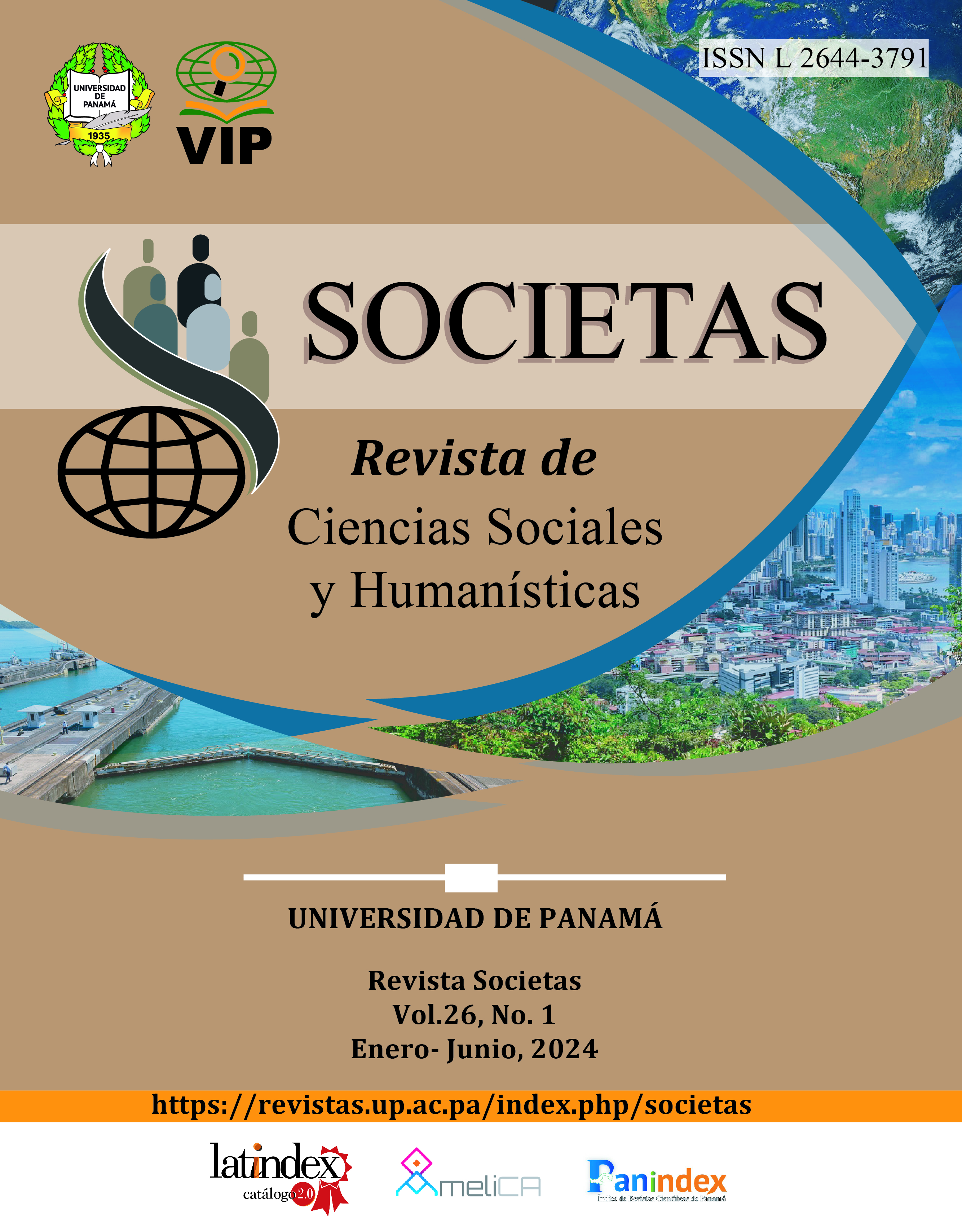

Copyright (c) 2024 Societas

This work is licensed under a Creative Commons Attribution-NonCommercial-ShareAlike 4.0 International License.
Education at all levels has taken an unimaginable turn by changing its teaching and learning methodologies from face-to-face to virtual; expanding the scope and coverage, being flexible, comfortable, breaking social and connectivity barriers. However, there are disadvantages for people who do not have the technological resources to access it, which results in an increase in the gap in access to education for the citizens of a country. For this reason, the results of the research that sought to analyze the perceptions of face-to-face and virtual teaching by students of an educational institution at a higher level in Ecuador are presented. To carry out the study, a descriptive design was applied, based on quantitative and qualitative methodologies, through questionnaires applied through the survey technique to 200 university students. Statistical analyzes were based on statistics such as Cronbach's Alpha. The results allow us to point out that a virtual instruction must meet certain requirements such as accessibility, effective communication, novel methods and techniques and interest to students.